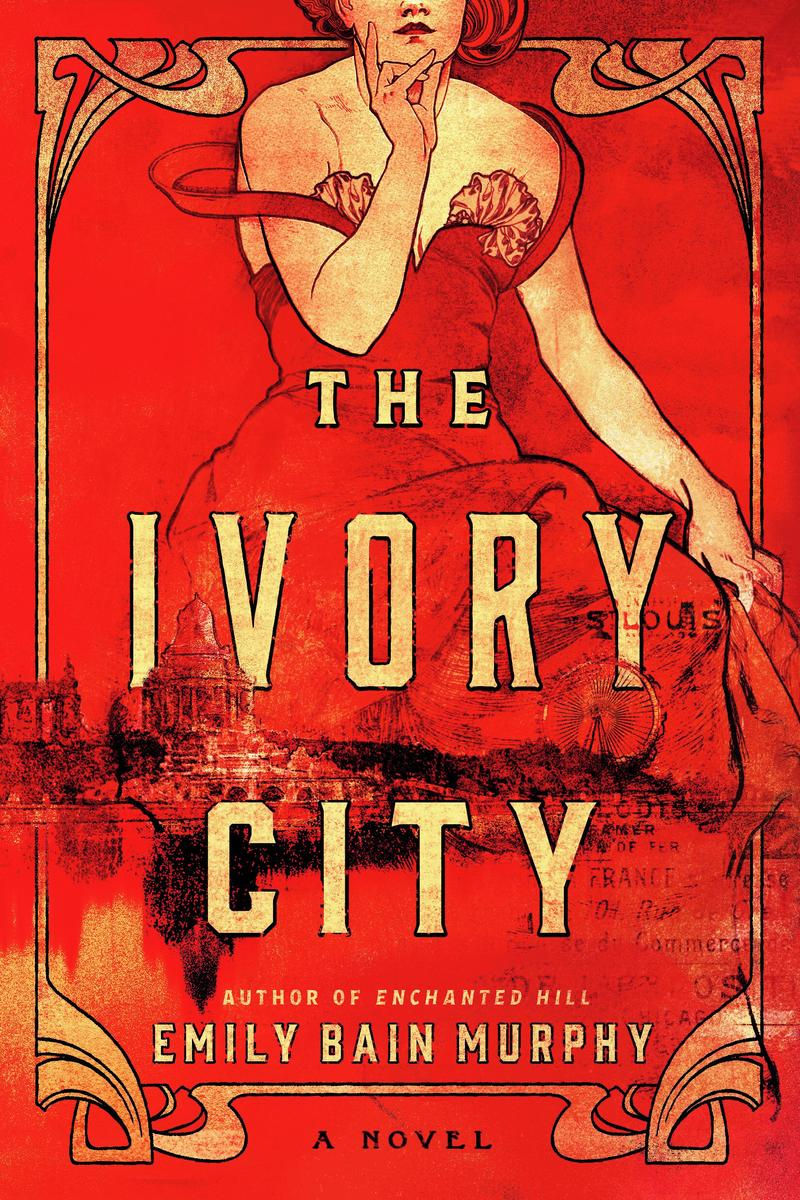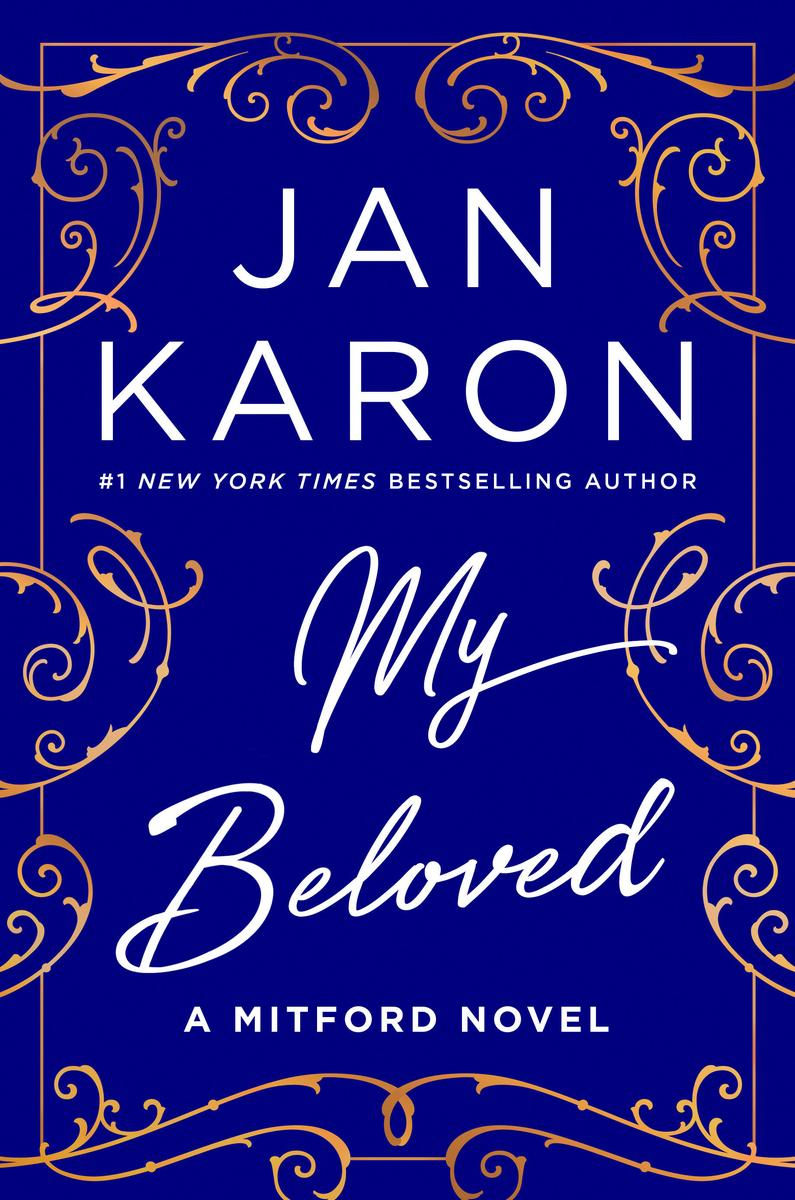"Ruth Bader Ginsberg: A Life" | Reviewed by Bill Schwab
- cstucky2

- Oct 1, 2020
- 3 min read
With the passing of Ruth Bader Ginsberg last month, additional attention has been riveted on the stellar judge, her adoring public turning to books and movies about her life. Jane Sherron De Hart’s biography marks the first full-length chronicle of the renowned justice.
Ginsburg became an American icon—dubbed “the Notorious RBG” by her admirers. Young women especially saw her as an exemplar of energy and iron will when confronting injustice, a smart legal strategist and a clever wit.
Over the course of her career, Ginsburg advanced the cause of gender equality. She accomplished this through approaching the court with untiring preparation, mastering legal precedents and supporting her arguments with a thorough grasp of the facts. Ginsburg permitted De Hart, the author of this biography, access to Ginsburg’s litigation archives. She also allowed the author six interviews between 2000 and 2005.
De Hart explores Ginsburg’s late 1960s effort to secure gender equality through ratification of the Equal Rights Amendment and Supreme Court decisions. While originally planning to write a book about Ginsberg’s influence on gender equality litigation, De Hart decided to expand the book into a biography. Fifteen years in the making, the result is wide-ranging, a stunning account of a remarkable life.
Ginsburg was an outstanding scholar, her scholarship nurtured at an early age by her “strict and loving” mother, Celia. Her aim was to raise her daughter to “love learning, care about people, and work hard.” RBG’s mother died just two days before her daughter graduated high school with highest honors.
Her academic excellence continued at Cornell University. There she met Martin Ginsburg and decided: “He was the only guy I ever dated who cared whether I had a brain.” They attended Harvard Law School until Marty became employed in New York City. In order to be together, Ginsburg transferred to Columbia Law School where she shared first place in the graduating class. But no law firms offered the honor student a job, because, as she stated, “To be a woman, a Jew and a mother to boot” was a “bit much” in 1959.
Finally, the intervention of a Columbia Law school adviser set RBG on the path to becoming a clerk for a federal judge. Then, in 1972, while a professor at Columbia Law School, she became head of the Americans Civil Liberty Union’s Women’s Rights Project. President Carter appointed her a federal appeals court judge for the Washington D.C. circuit in 1980. She was serving in this position in 1993 when she was nominated to be a Supreme Court judge by President Clinton.
At that time, Ruth Bader Ginsburg’s appointment to the Supreme Court was questioned by feminist groups because she had criticized Roe v. Wade for being too broad a legal principle. During confirmation hearings she demonstrated her ability to bring together liberals and conservatives and was confirmed nearly unanimously.
Once seated as the 107th Supreme Court Justice, she became famous for her defense of gender equality and for her many dissents to rulings issued by a court that had become increasingly conservative. The remainder of the book reviews the landmark cases litigated by RBG.
This 723-page book is a colossal, comprehensive biography of one of the most influential Supreme Court justices of the last 100 years. It covers her battles with cancer, her love of opera and her improbable friendship with Antonin Scalia. It also points out her long, happy marriage to Marty. De Hart’s grasp of each aspect of Ginsburg’s legal influence and other facets of this unlikely celebrity’s life is notable.
I found “Ruth Bader Ginsberg: A Life” to be a splendid biography of its subject’s life and also a fascinating history of the last 25 years of the Supreme Court; every page held my attention. Knopf is the publisher.
.png)





Comments